|
Stellaria media- Chickweed. We would listen to herb stories at bedtime with our kids for years and years. One of the stories was about Stellaria media. This Summer was the first time for us to grow this lovely green and in planters. All Summer I was waiting patiently to see this iconic flower and here she is. Growing herbs from seed really does something for the soul. On the other hand, don’t feel bad if growing herbs is not yet a trait you have. Things take time. It took billions of years to get this desert and mountain landscape the way it is now. Get out there and start gardening, walk in Nature, and listen to the plants. We learn by doing, observing, and listening. It is also a great form of therapy for me as well-Very grateful for this.
Many Blessings
0 Comments
Gaillardia pulchella - Blanket flower is part of the Asteraceae family. Blooming from April to October, the field guide states that it is found between 4500 to 6200, but it is growing here at 8,000 feet in elevation on Mount Lemmon, AZ. It was introduced in the Catalinas, but not sure it is considered native. I have seen blanket flowers here on the mountain for several years now. They provide such vivid color to the area, especially after the rains. I have seen them along roadsides, but not on the trails. When I see these blossoms, they remind me of hope and the warm love from the sun. I appreciate the flowers of the mountain. Again, take a picture, not a flower. You are a part of Nature, not an outsider. We need to respect life up here for the plants and animals that rely on the land. We are the caregivers. Mount Lemmon, AZ Many Blessings, Field Guide: Rose, F. (2012). Mountain Trees of Southern Arizona: A Field Guide. Tucson, AZ: Arizona-Sonora Desert Museum Press. Geranium caespitosum - Cranesbill is part of the Geraniaceae family (Geranium). They have been in full bloom, with this particular one being kissed by the rain. ❤️ Enjoy your walks. Remember to take a picture, not a flower. Our flora is finally coming back from the fire last Summer and the pollinators are thriving right now.
Mount Lemmon, AZ Many Blessings Field Guide: Rose, F. (2012). Mountain Trees of Southern Arizona: A Field Guide. Tucson, AZ: Arizona-Sonora Desert Museum Press. Geranium richardsonii-Richardson’s geranium is part of the Geraniaceae family. Don’t walk too quickly on the trail. If you like to meander and take in the moment, you will find this one. Remember to ask permission. Listen. Learn with your eyes and heart. Only take pictures and bring a reliable field guide with you.
Mount Lemmon, AZ Many Blessings Field Guide: Rose, F. (2012). Mountain Trees of Southern Arizona: A Field Guide. Tucson, AZ: Arizona-Sonora Desert Museum Press. Rumex obstusifolius - Bitter dock. The best way to get to know a plant is to walk outside your door. Go experience Nature, ask permission, and listen. There is still much to learn from the plants. ❤️ Many Blessings Field Guide: Rose, F. (2012). Mountain Trees of Southern Arizona: A Field Guide. Tucson, AZ: Arizona-Sonora Desert Museum Press. Cyperus fendlerianus- Fendler’s Sedge thrives in elevations between 5000’ to 7300’. To me, this is one of the most interesting plants on Mount Lemmon. I am inspired by the late Frank Rose in seeing purpose in all things. This Sedge may look ordinary, but it provides such information about what is going on in the environment, even with changing times. It can be a sign of consistency each year it grows. Sometimes in life, we need some ordinary to rely on in the midst of change. Explore Nature for your own well-being. It doesn’t always have to be about identifying plants. Nature can provide therapy.
Mount Lemmon, AZ Many Blessings Field Guide: Rose, F. (2012). Mountain Trees of Southern Arizona: A Field Guide. Tucson, AZ: Arizona-Sonora Desert Museum Press. Cosmos parviflorus - Cosmos. It is August and this is the time where you don’t need to look at up to see the Cosmos, but down below. Cosmos parviflorus are blooming right now and are Nature’s little delight. The rains on the mountain have certainly helped more of these grow everywhere I look. These have been known to bloom until October between the 5,600’ to 8,200’ feet in elevation. Cosmos remind me that no matter how little, or tiny they are perceived to be, they are as significant as the stars above on this rich Earth.
Mount Lemmon, AZ Many Blessings Field Guide: Rose, F. (2012). Mountain Trees of Southern Arizona: A Field Guide. Tucson, AZ: Arizona-Sonora Desert Museum Press. Solidago wrightii- Wright’s Goldenrod blooms from August to October and can be found between 3,550 feet to 9,000 feet in elevation. When you see a plant like this with tiny blossoms, get a close up look to see the individual ones. It really amazes me with how determined Goldenrod is in growing up on the mountain. This amazing plant can grow in the smallest of areas of sandy soil on rock, or in a meadow. When this one wants to grow, she does and the bees 🐝 are in love right now! Remember to let the native flowers prosper where they grow. Take a picture , not a flower and continue to learn from Nature.
Mount Lemmon, AZ Many Blessings Field Guide: Rose, F. (2012). Mountain Trees of Southern Arizona: A Field Guide. Tucson, AZ: Arizona-Sonora Desert Museum Press. There are many of us who take pictures of wildflowers and identify them to share with you. The significance is for you to be able to interact with Nature, to understand that you are connected with Nature. You are a part of Nature, not separated. These are stressful times right now and it is vital to be able to be outside, go for walks, or hikes. She is waiting for you ❤️ As always, respect Nature by only taking pictures, not taking flowers, and picking up after yourself and your pets. What you bring, you take back with you. 🙏
Mount Lemmon, AZ Many Blessings Field Guide: Rose, F. (2012). Mountain Trees of Southern Arizona: A Field Guide. Tucson, AZ: Arizona-Sonora Desert Museum Press. Sphaeralcea fendleri var. venusta - Fendler Globemallow blooms from May to November on the Mount Lemmon,AZ. This one is part of the Malvaceae family (Mallow). It’s fascinating to see Globe Mallows in different elevations, the colors of the blossoms, the height and the form she takes when growing at a higher elevation, or on the desert. We can be from the same family, have some similarities, but still have our own identity. Lessons I have learned by being in Nature. We grow according to the environment we live in. We grow and try to thrive where we are planted. Enjoy the weekend and enjoy Nature!
Mount Lemmon, AZ Many Blessings Field Guide: Rose, F. (2012). Mountain Trees of Southern Arizona: A Field Guide. Tucson, AZ: Arizona-Sonora Desert Museum Press. |
AuthorI am not the first, nor the last of expressing and sharing the beauty of mathematics in Nature. What I will share in this blog are thoughts, experiences, and lessons learned to validate life, both human and botanical, living mathematically. Archives
September 2021
Categories
All
|
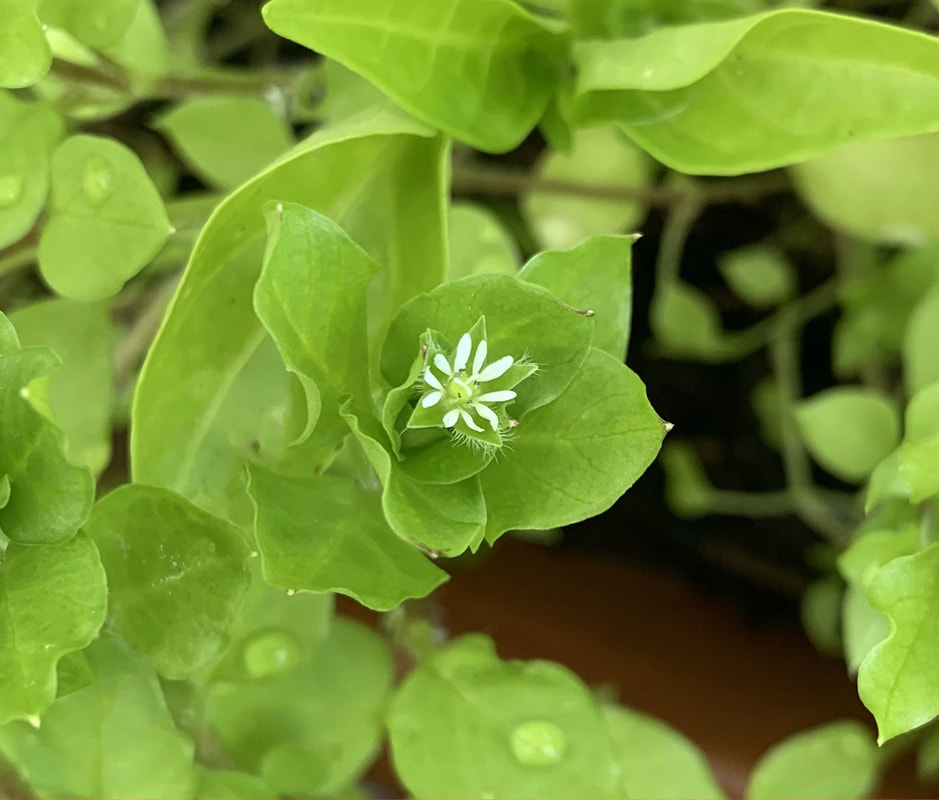
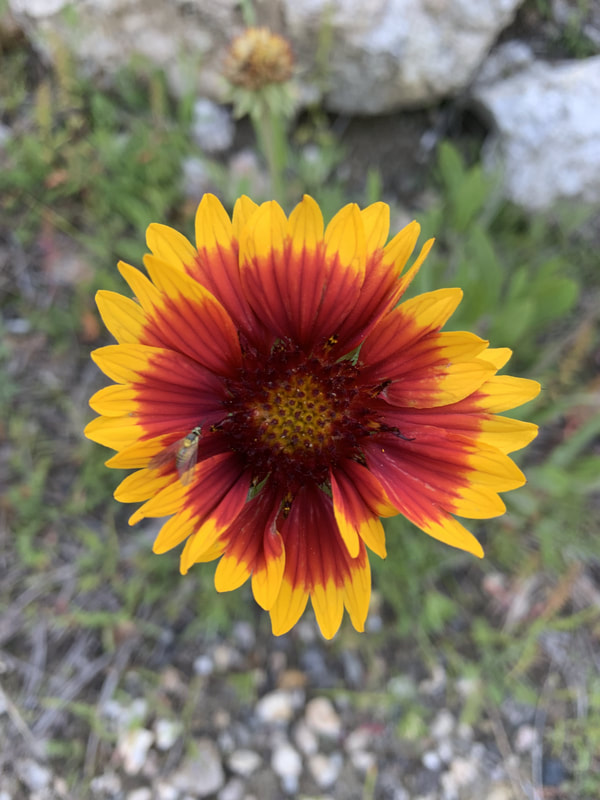
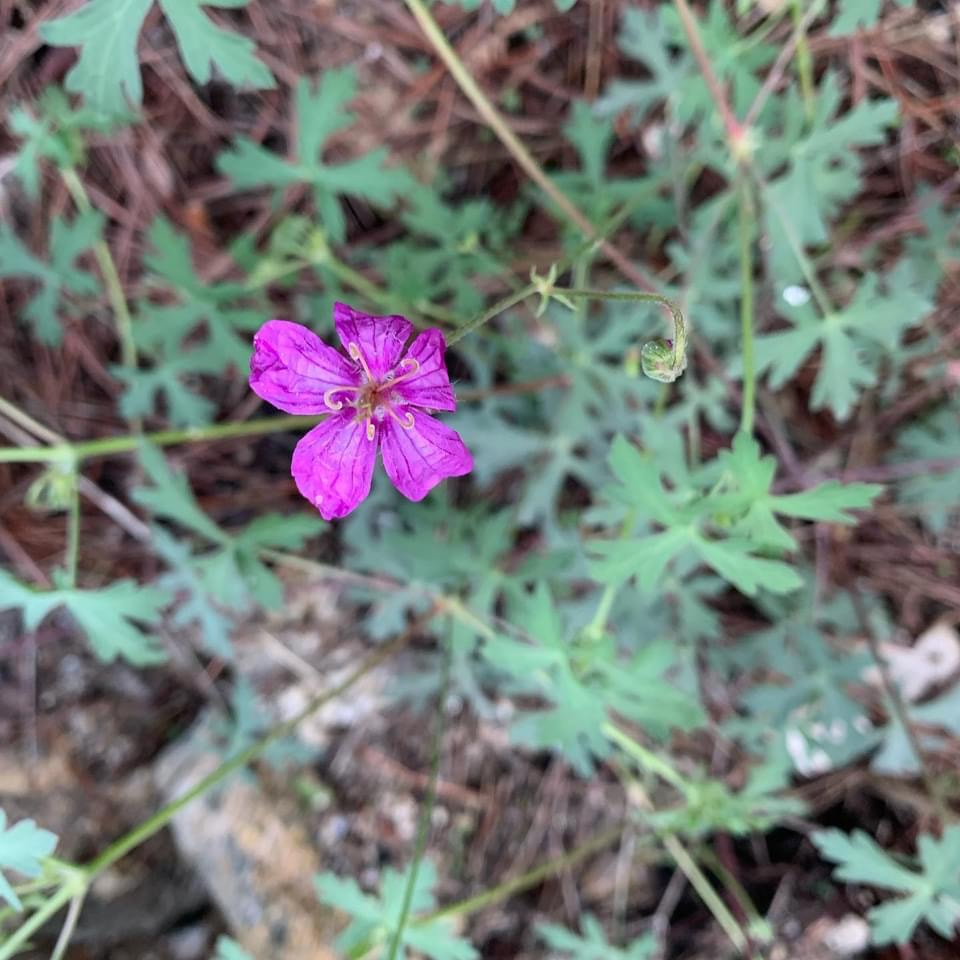
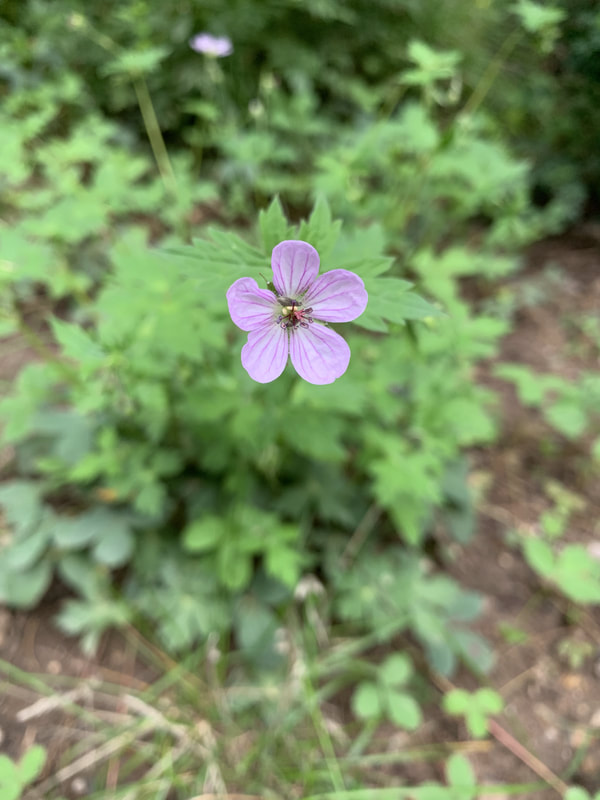
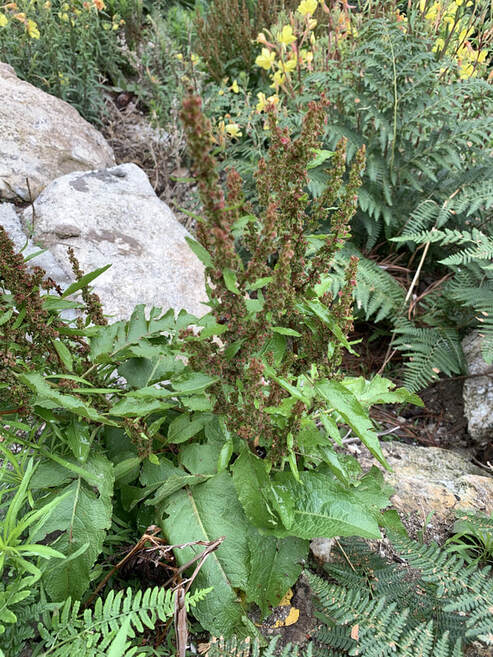
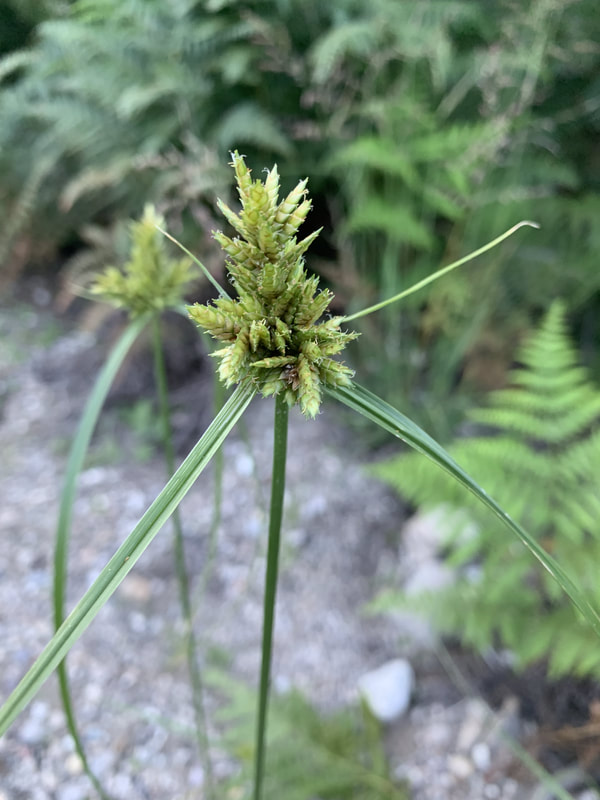
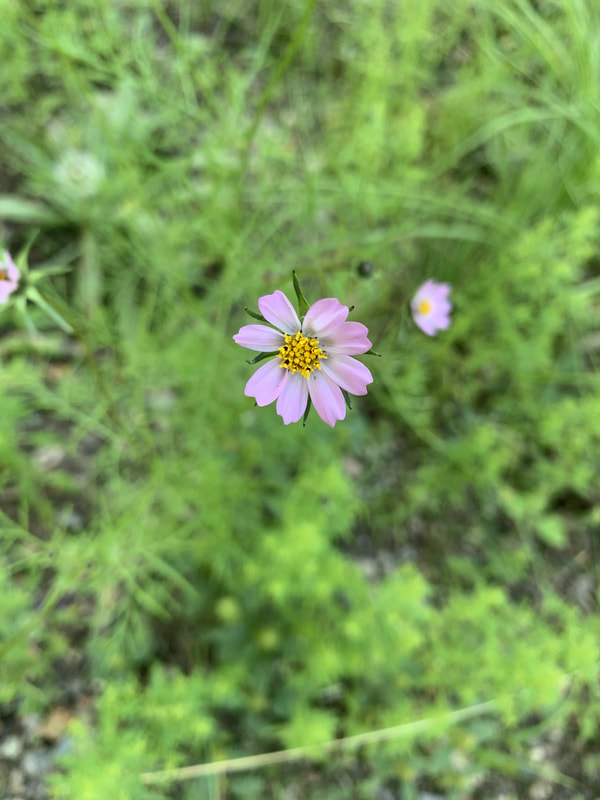
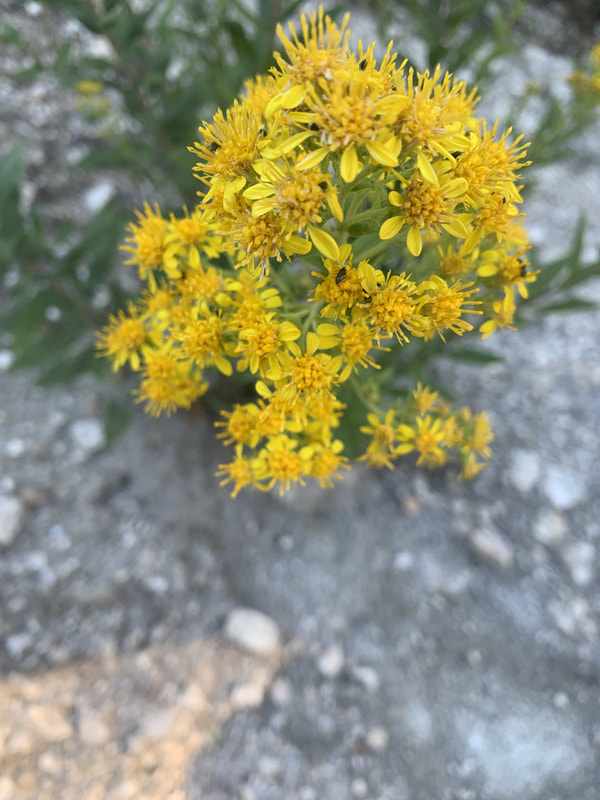
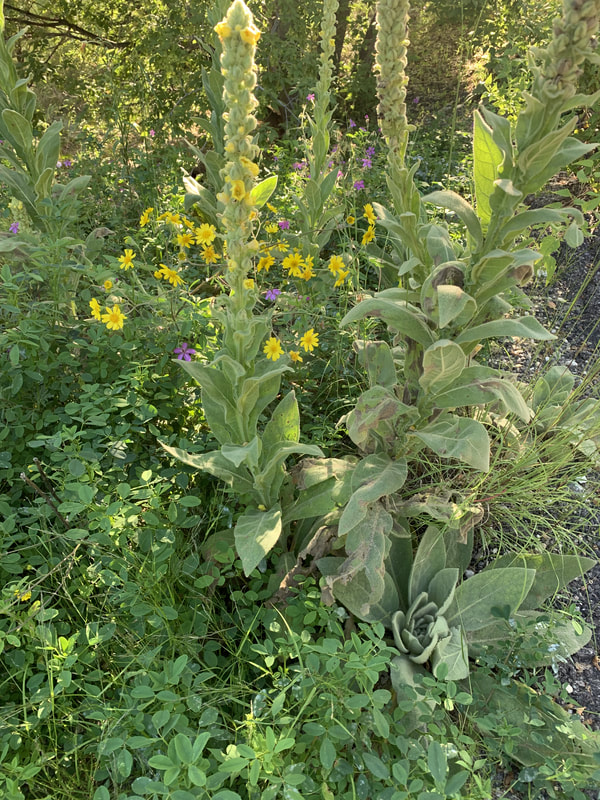
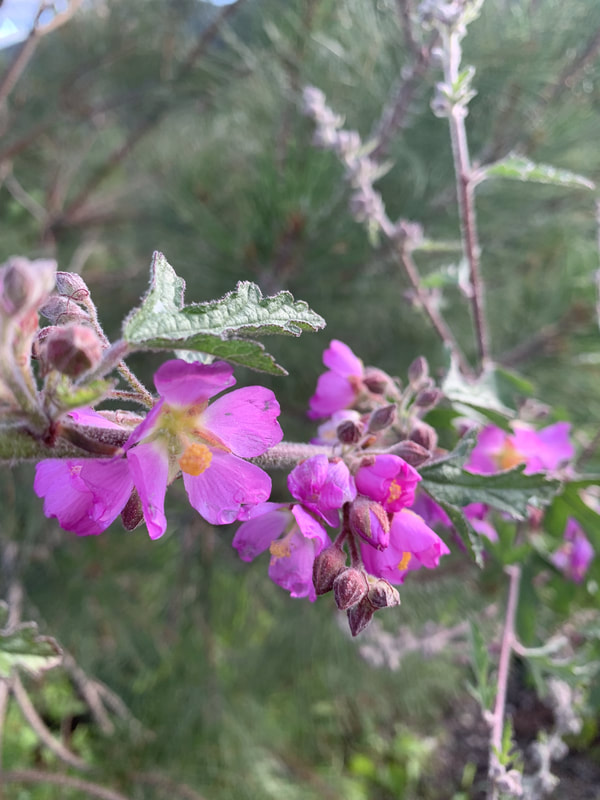

 RSS Feed
RSS Feed
